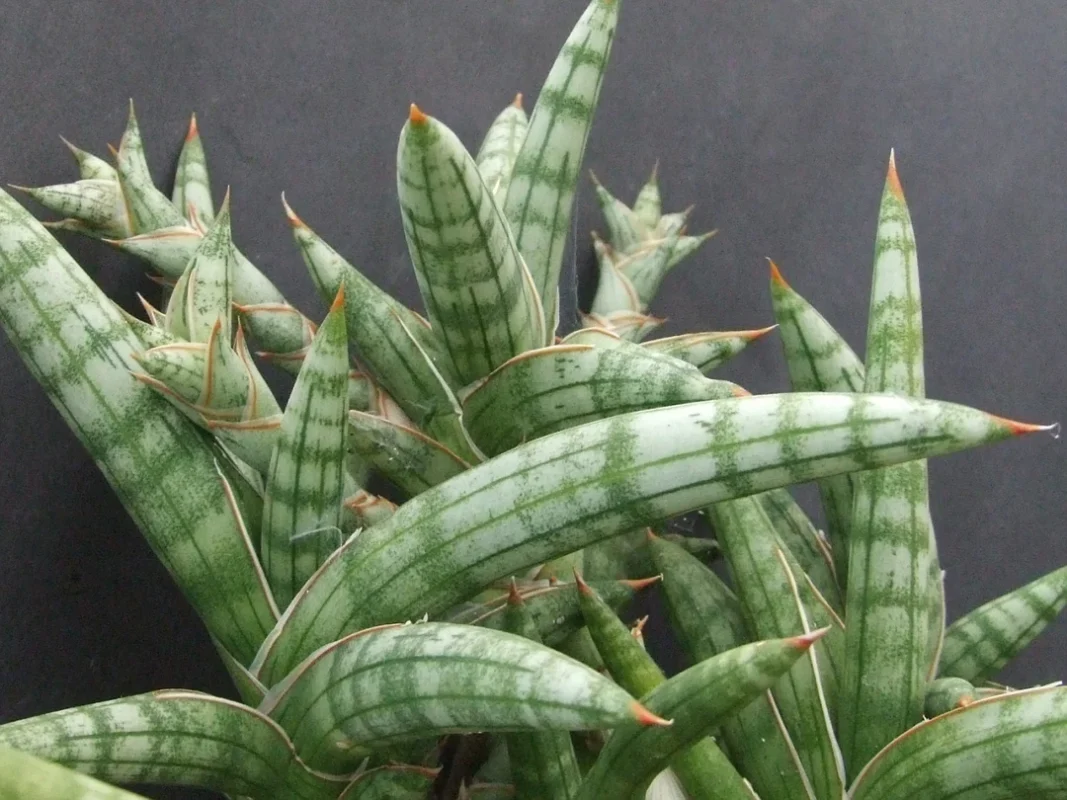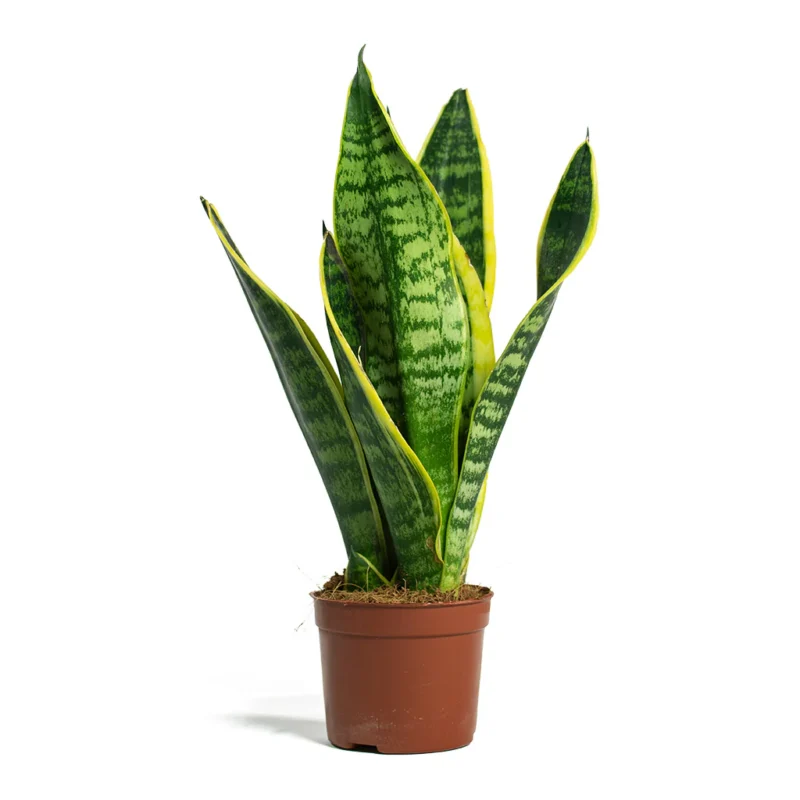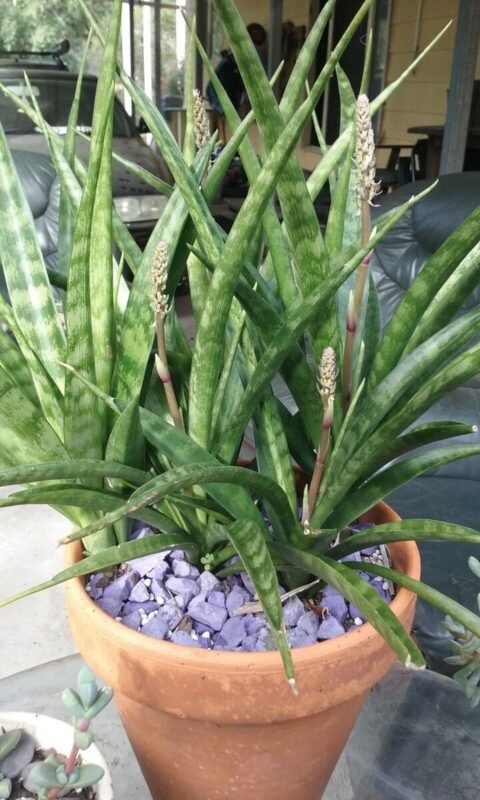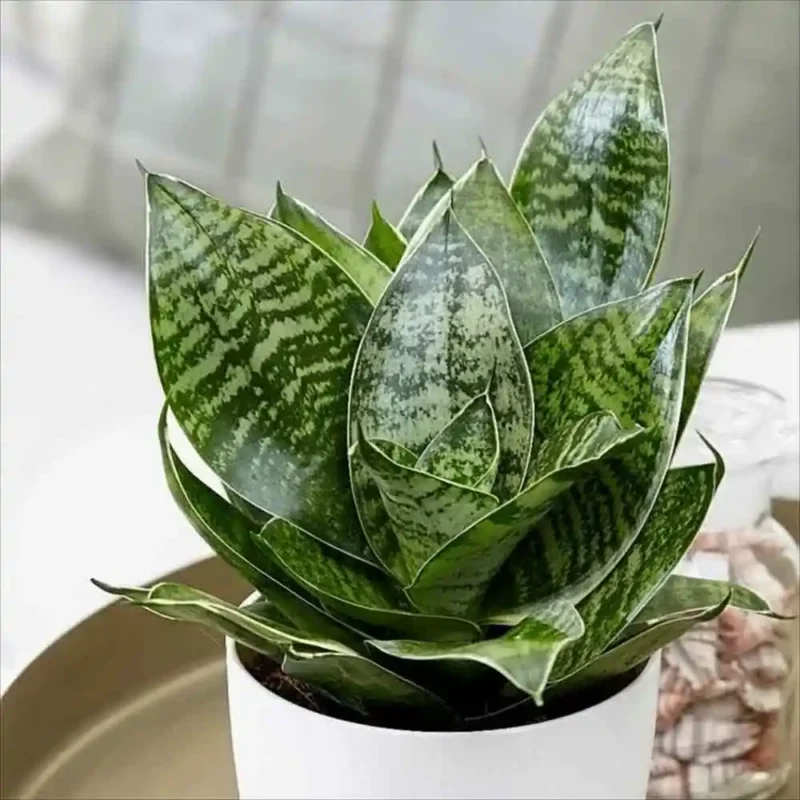Snake Plants in Kenya: What You Really Need To Know

Hey there, plant lover! If you’ve ever strolled through a plant market in Kenya chances are you’ve seen the upright, sword-like leaves of the ever-trendy snake plant. Known for its architectural beauty and low maintenance needs, this plant is more than just a pretty face. It’s hardy, air-purifying, and practically indestructible (well, unless you really overdo the watering). But how much do you really know about snake plants in Kenya?
Whether you’re a new plant parent or an experienced horticulturist, this guide will unearth everything you need to know about snake plants grown specifically in Kenyan soil. From their official scientific name to their local varieties and ideal placement, we’re diving deep—soil-deep, actually—into this popular indoor and outdoor favorite.
Key Takeaways
- Snake plants are scientifically known as Sansevieria trifasciata and belong to the Asparagaceae family.
- Kenya hosts unique types of snake plants adapted to local environments, such as Sansevieria trifasciata ‘Kenya Hyacinth’ and Sansevieria suffruticosa.
- Soil preferences matter: most types thrive in well-draining, sandy-loam soil.
- Best planters include clay or concrete for airflow and moisture control; plastic works too but needs more attention.
- Placement tips: Snake plants do great in living rooms, bedrooms, and even offices—thanks to their air-purifying qualities.
Scientific Name of the Snake Plant in Kenya
The snake plant goes by the botanical name Sansevieria trifasciata, though recent classification has rebranded it under the genus Dracaena (so technically Dracaena trifasciata now). Native to West Africa, this plant has found a comfortable second home in Kenya due to its tolerance of dry spells and bright light conditions—perfect for our local climates.
In Kenya, it’s commonly referred to as “mother-in-law’s tongue” (because of its sharp-looking leaves, cheeky nickname, we know) and it’s widely appreciated for both ornamental and practical purposes.
Types of Snake Plants in Kenya
Kenya’s tropical and semi-arid regions have become hosts to several snake plant varieties. Below are the locally available types, how to grow them, and a bit of extra info to make your plant parenting easier.
1. Sansevieria trifasciata ‘Kenya Hyacinth’

This is a locally adapted variety native to parts of East Africa and widely cultivated in Kenyan gardens.
- Soil Preference: Sandy, well-drained soils. Avoid compact clay-like soils that retain water.
- Ideal Planter: Clay pots work best due to their breathable nature. They prevent waterlogging, which this plant hates.
- Where to Grow: Indoors near a bright window or outdoors under partial shade.
- Fun Fact: It produces a strong floral scent, especially in the evening. Perfect for patio vibes.
2. Sansevieria suffruticosa

Rare but found in parts of Kenya, this type has cylindrical leaves and a more compact shape.
- Soil Preference: Gritty cactus soil with high drainage capacity.
- Ideal Planter: Fiberglass or concrete planters are best—they’re stable and help keep moisture balanced.
- Where to Grow: Office desks, balconies, or living rooms.
- Useful Info: This variety is perfect for smaller spaces and often used in modern minimalist interiors.
3. Sansevieria trifasciata ‘Futura Superba’

Locally available in Nairobi and urban nurseries, this dwarf variety has golden edges and compact foliage.
- Soil Preference: Loamy soil with added perlite or pumice.
- Ideal Planter: Plastic pots are okay, but they must have excellent drainage holes.
- Where to Grow: Ideal for shelves, bathrooms, and low-light indoor areas.
- Extra Tip: It’s very tolerant of low light, making it a great fit for apartments.
4. Sansevieria parva

Often overlooked, this East African native thrives naturally in Kenya’s Rift Valley.
- Soil Preference: Rocky soils, poor in organic matter but high in drainage.
- Ideal Planter: Concrete planters or directly in rock gardens.
- Where to Grow: Outdoor landscaping, especially for xeriscaping (drought-tolerant gardens).
- Interesting Note: Produces fragrant white flowers in bloom season—rare but a joy to witness.
5. Sansevieria ‘Hahnii’ (Bird’s Nest Snake Plant)

A true dwarf, this variety forms tight, low-growing rosettes of green, patterned leaves. Think of it as a compact version of the standard snake plant.
- Soil Preference: Prefers sandy, fast-draining soil mixed with perlite or pumice.
- Ideal Planter: Small plastic or ceramic pots with good drainage. Ideal for shelves or office desks.
- Where to Grow: Great for indoor areas with bright, indirect light. Tolerates some shade too.
Bonus Info: Ideal for apartments or workspaces. Super cute and easy to propagate via division.
Best Places to Position Your Snake Plants in Kenya—and Why
Where you place your snake plant can really boost its performance (and vibe up your space). Here’s how to decide where to plop it:
Living Room
- Why? Acts as a natural air filter for VOCs (volatile organic compounds).
- Benefit: Freshens the air and enhances decor with its upright, sculptural shape.
Bedroom
- Why? Releases oxygen at night (rare among plants).
- Benefit: Improves sleep quality and adds serenity to your sleep zone.
Bathroom
- Why? Tolerates humidity well and survives in low light.
- Benefit: Adds greenery to an otherwise plain space without demanding too much.
Office/Study Desk
- Why? Compact and needs little attention.
- Benefit: May boost concentration and reduce stress (plants are therapeutic, after all).
Outdoor Patios
- Why? Loves partial sun and open air.
- Benefit: Grows faster and can even flower in the right conditions.
💡 Pro Tip: Rotate your snake plant every couple of weeks to ensure even light distribution and balanced growth.
More Useful Tips for Snake Plant Care in Kenya
- Watering: Less is more. Overwatering is the #1 snake plant killer. In Kenya’s dry seasons, water only once every 10–14 days.
- Pest Control: Watch for mealybugs or fungal spots. Use neem oil or a mild soap spray as a preventive measure.
- Propagation: Super easy! Cut a leaf and plant it in moist soil—give it a few weeks, and boom, baby plants.
- Fertilizer: Feed with a balanced indoor plant fertilizer once every 2 months during the growing season (March–June and Sept–Nov).
Conclusion
Snake plants are more than just a trend—they’re a sustainable, stylish, and scientifically beneficial addition to your home or office. In Kenya, the varieties we have are particularly well-suited to our climate and lifestyle, making them an easy win for beginner and expert gardeners alike.
So next time you’re plant shopping, don’t just grab any random green buddy—look for the snake plant that fits your space, soil, and soul. Whether it’s chilling in a clay pot on your balcony or standing tall in a corner of your Nairobi flat, this resilient green warrior’s got your back—cleaning your air, lifting your mood, and looking sharp while doing it.
FAQs
What is the local name for snake plants in Kenya?
It’s often referred to as “mother-in-law’s tongue” in Kenya, thanks to its sharp, pointed leaves and no-nonsense vibe.
Can snake plants grow outdoors in Kenya?
Absolutely! They thrive in outdoor spaces with indirect sun or light shade. Just ensure the soil is well-draining to prevent rot.
Are snake plants poisonous to pets?
Yes, mildly. They contain saponins which can cause nausea or vomiting if ingested by cats or dogs. Keep out of reach!
How often should I water a snake plant in Nairobi?
In Nairobi’s temperate climate, once every 10–14 days is ideal. Always check if the soil is dry before watering.
Do snake plants really purify air?
Yes, according to NASA studies, snake plants remove toxins like formaldehyde and benzene. They’re basically green air filters!

